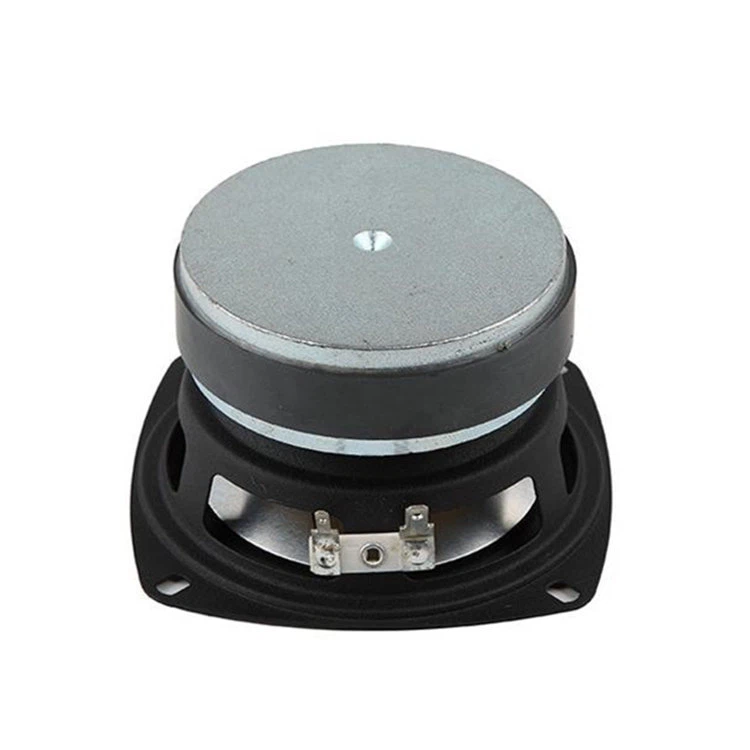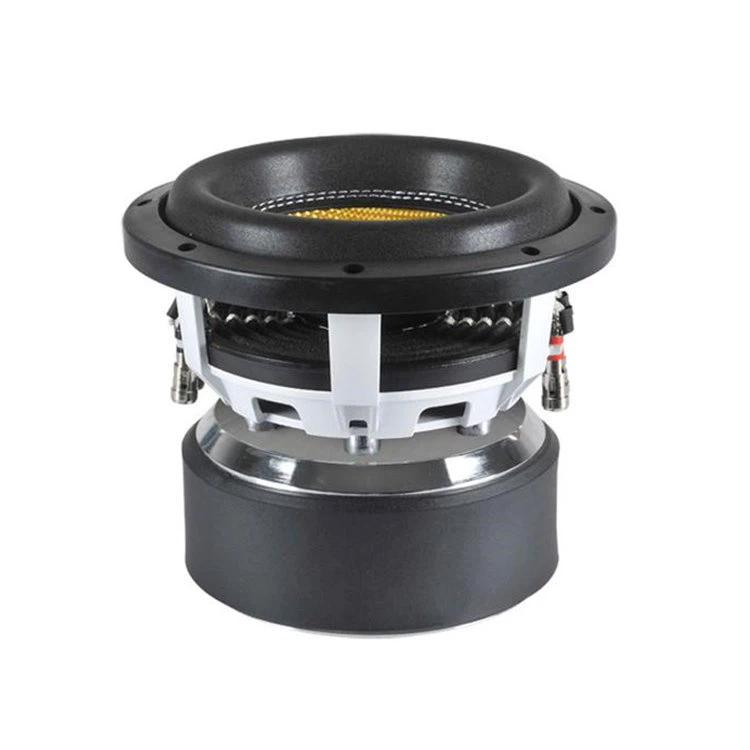Are there any environmental impacts of speaker magnets?
 Oct 08, 2025|
Oct 08, 2025| As a supplier of speaker magnets, I've spent a significant amount of time delving into the intricacies of these essential components. Speaker magnets play a crucial role in the audio industry, converting electrical energy into mechanical vibrations to produce sound. However, in today's environmentally - conscious world, it's essential to examine whether there are any environmental impacts associated with speaker magnets.
Material Sourcing
The first step in understanding the environmental footprint of speaker magnets is to look at their material sourcing. There are different types of magnets used in speakers, including ferrite magnets and rare - earth magnets such as neodymium magnets.
Ferrite magnets are composed mainly of iron oxide and other metal oxides. Iron oxide is abundant in nature, and the mining of the raw materials for ferrite magnets generally has a relatively lower environmental impact compared to some other metals. The extraction process is well - established, and modern mining techniques are becoming more efficient in reducing waste and minimizing damage to the surrounding environment. For example, many ferrite magnet manufacturers source their iron oxide from recycled materials, which further reduces the need for new mining. You can find a variety of ferrite speaker magnets on our website, such as the 10 Inch Speaker Magnet.
On the other hand, rare - earth magnets offer high magnetic strength, which is desirable for high - performance speakers. However, the mining and processing of rare - earth elements come with significant environmental challenges. Rare - earth mining often involves large - scale excavation, which can lead to deforestation, soil erosion, and water pollution. The extraction process also generates a large amount of radioactive waste. These issues have raised concerns about the long - term environmental sustainability of relying on rare - earth magnets in speaker production.
Manufacturing Process
The manufacturing of speaker magnets also has environmental implications. The production of ferrite magnets involves processes such as powder mixing, pressing, and sintering. During these processes, energy is consumed, and there is potential for emissions. However, advancements in manufacturing technology have led to more energy - efficient production methods. For instance, some modern sintering furnaces are designed to recycle heat, reducing overall energy consumption.
In the case of rare - earth magnets, the manufacturing process is even more complex and energy - intensive. The purification of rare - earth elements requires the use of large amounts of chemicals, which can be harmful to the environment if not properly managed. Additionally, the high - temperature processes involved in magnet production consume a significant amount of electricity, often sourced from non - renewable energy sources.
End - of - Life Disposal
The end - of - life phase of speaker magnets is another important aspect to consider. When speakers reach the end of their useful life, the magnets need to be disposed of or recycled. Ferrite magnets are relatively easier to recycle. They can be crushed and remelted to produce new magnets or used in other applications. Recycling ferrite magnets helps to conserve natural resources and reduce the environmental impact of new magnet production.
Rare - earth magnets, however, present more challenges in terms of recycling. The complex chemical composition of these magnets makes the recycling process difficult and costly. As a result, a large proportion of rare - earth magnets end up in landfills. Over time, the heavy metals in these magnets can leach into the soil and groundwater, posing a threat to the environment and human health.
Mitigating Environmental Impacts
As a speaker magnet supplier, we are committed to minimizing the environmental impacts associated with our products. We are constantly exploring ways to improve the sustainability of our supply chain. For example, we are increasing our use of recycled materials in the production of ferrite magnets. By sourcing recycled iron oxide, we can reduce the demand for new mining and lower the carbon footprint of our products.
We are also investing in research and development to find more environmentally friendly alternatives to rare - earth magnets. Some promising technologies include the development of high - performance ferrite magnets that can replace rare - earth magnets in certain applications. These new ferrite magnets offer improved magnetic properties while maintaining a lower environmental impact.


In addition, we are working with our customers to promote proper end - of - life management of speaker magnets. We encourage recycling programs and provide information on how to safely dispose of old speakers.
Our Product Range
We offer a wide range of speaker magnets to meet the diverse needs of our customers. Our Subwoofer Impulse Triple Magnet is designed to provide powerful bass response, while our Woofer Magnet is suitable for mid - range and low - frequency applications. All of our products are manufactured with environmental considerations in mind, and we strive to ensure that they meet the highest quality and sustainability standards.
Conclusion
In conclusion, while speaker magnets do have some environmental impacts, there are ways to mitigate these effects. By carefully selecting materials, improving manufacturing processes, and promoting proper end - of - life management, we can reduce the environmental footprint of speaker magnets. As a supplier, we are dedicated to playing our part in creating a more sustainable future for the audio industry.
If you are interested in our speaker magnets or have any questions about their environmental performance, we invite you to contact us for procurement and further discussions. We look forward to working with you to find the best solutions for your audio needs.
References
- Elshakre, M. H., & El - Kady, M. F. (2019). Recycling of rare earth metals from electronic waste: an overview. Journal of Material Cycles and Waste Management, 21(2), 501 - 511.
- Habib, K. H., & Hossain, M. M. (2020). Environmental impacts of rare earth elements mining and strategies for their mitigation. Journal of Cleaner Production, 245, 118848.
- Wang, X., & Xu, Z. (2018). Advances in rare earth magnet recycling: A critical review. Journal of Cleaner Production, 172, 4122 - 4133.

